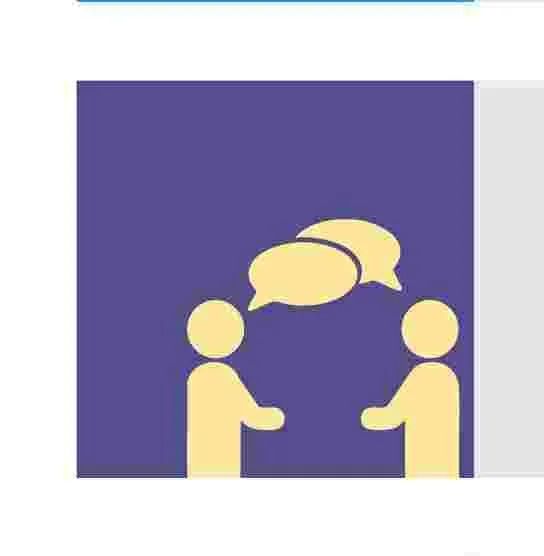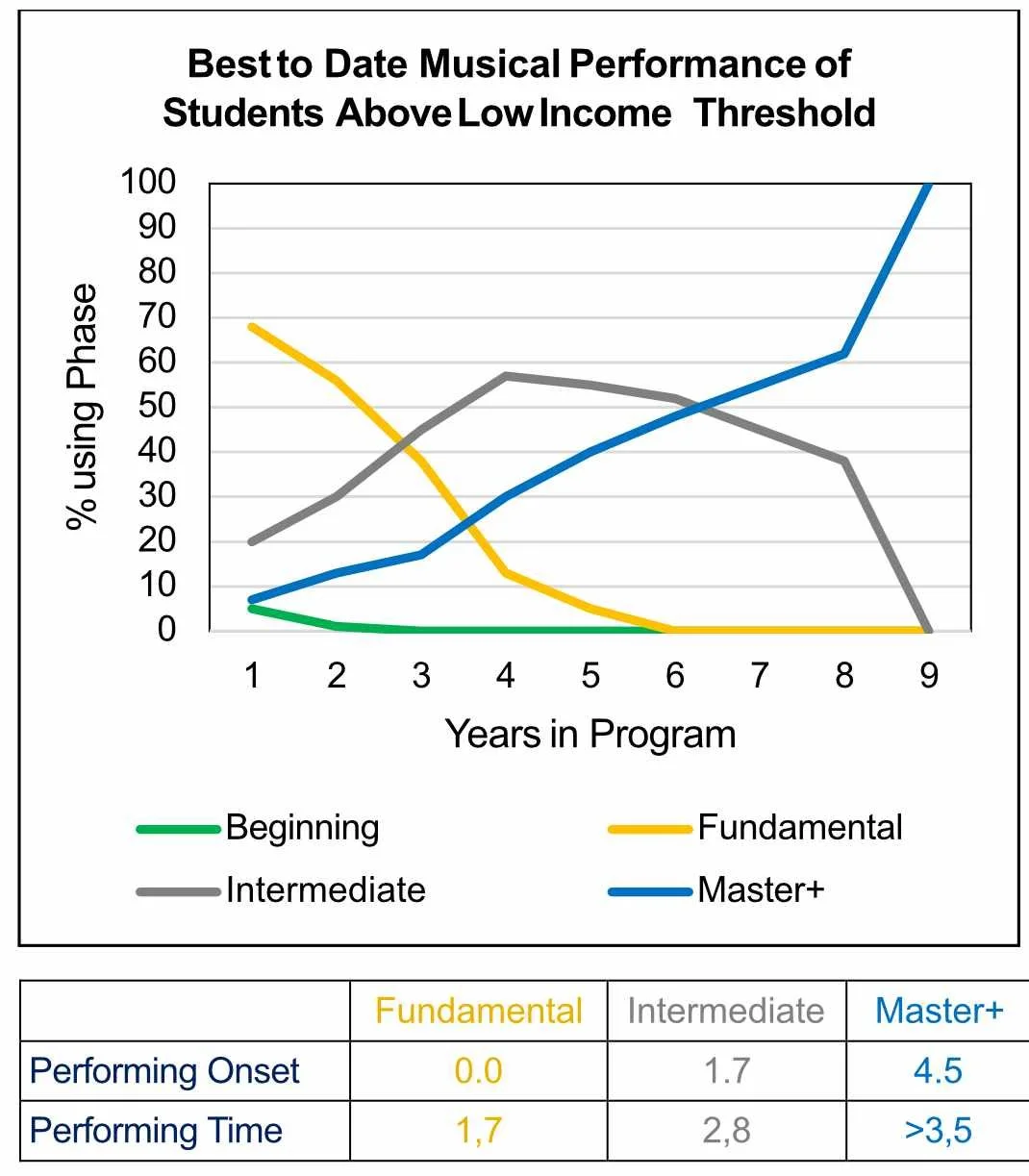
Master
Masters, such as many teachers, counselors, and managers, understand and use phases from their experience. They may not use the same terminology, but they do use master principles based on their own observations.
Organizations collect data on what their members do. When they distinguish levels of complexity and record how often each level occurs, their summaries look like the rating totals for online merchants. Few organizations take the next step to plot these totals over time to make phase charts. Such charts can help to identify learner development, design programs, and provide feedback.
Phase charts give the percentage use of each phase at regular time points. Typically, the beginning phase starts high and declines in percentage as the students move to the explore phase. That phase starts low and grows rapidly. Each more complex phase starts progressively lower and grows slowly but suppresses the growth of the simpler phases enough to surpass their percentage use.
Those interested in applying the scientific method to the study of expertise and knowledge development will find the Inspire page interesting.
Master Principles
The process principle is that when masters plan to help learners acquire a particular phase, they observe an important difference before they decide on the process. Either the learners are still relying on a simpler, less effective approach or they are already using the more complex phase. In the first case, they will focus on transformative learning while in the second case, they choose to focus on habit formation. They know that discussions will help transformative learning while rehearsal with feedback is more useful for habit formation.
The scaffolding principle refers to learners recognizing two phases above the one they are performing at but having great difficulty learning if they try to skip the intervening phase. They may not even be able to recognize or understand three phases above where they are now performing. For some examples, younger children in a family learn language faster than first-borns because they can rely on sibling rather than adult language. Also, the one-room schoolhouse worked, as does providing graduate student mentors to undergraduates.
The modular principle refers to distinguishing phases by their onset and performance times. A phase that has a late onset and long performance time will require high motivation and opportunity to acquire, while one with an early onset and short performance time may interfere with more complex learning.
Phase Charts
Teaching, feedback, and program design do not require precise values of the percentage use of each phase. But knowing such values are possible for each goal, helps masters observe, plan, and give feedback. Organizations often collect such values to improve their programs.
At each point in time, one phase will be the most popular. We calculate its performance onset as the crossover point where its usage first exceeds the other phases. Before that point learners use transformative learning to acquire the phase and after that point they use habit formation to improve their speed and accuracy of performance. The performing time of the phase is the span from its onset to the onset of its successor phase.
The phase chart at the left provides an example. For 9 years Soundscapes of Newport News, VA provided more than 2,500 calibrated performance ratings with 41% of children from families earning more than low income . They called the exploring phase “fundamental” and the sustaining phase “intermediate” to match current language relating to music complexity. The crossover from beginning to fundamental (green to gold) actually occurred before the first ratings were made. The performance onset for intermediate occurred at 2.8 years and lasted 3.5 years. The performance onset for master (the crossover from grey to blue), therefore, began at 6.3 years.
It helps masters to understand the factors that determine how learners use the phases. Four factors are most important. The baseline is the percentage use of a phase at the first time point. Its growth rate is its usability. How much it surpresses the other phases is its motivation. There is also a typical amount of time that learners will devote to a particular phase of each goal, which we call the learning opportunity.


